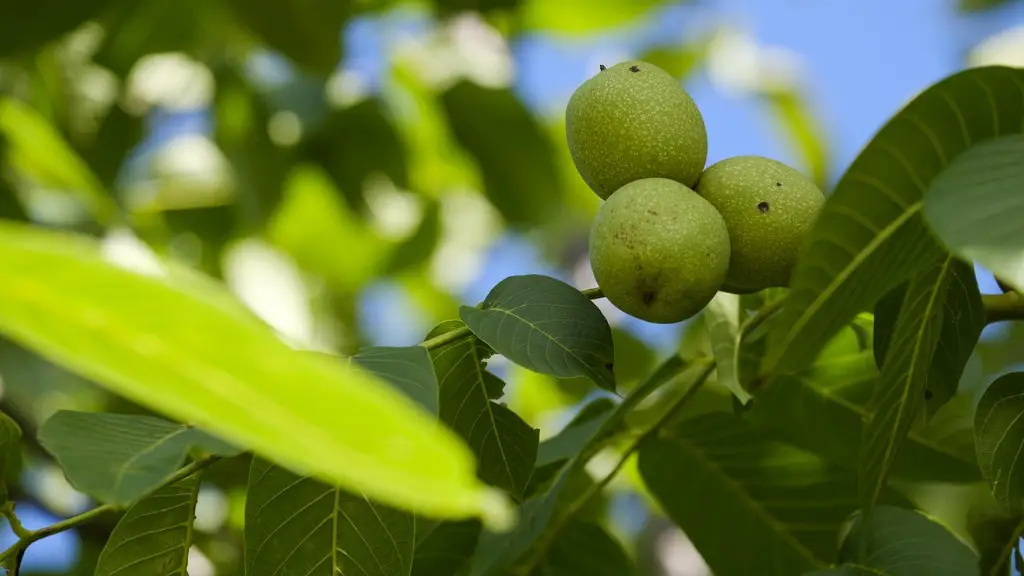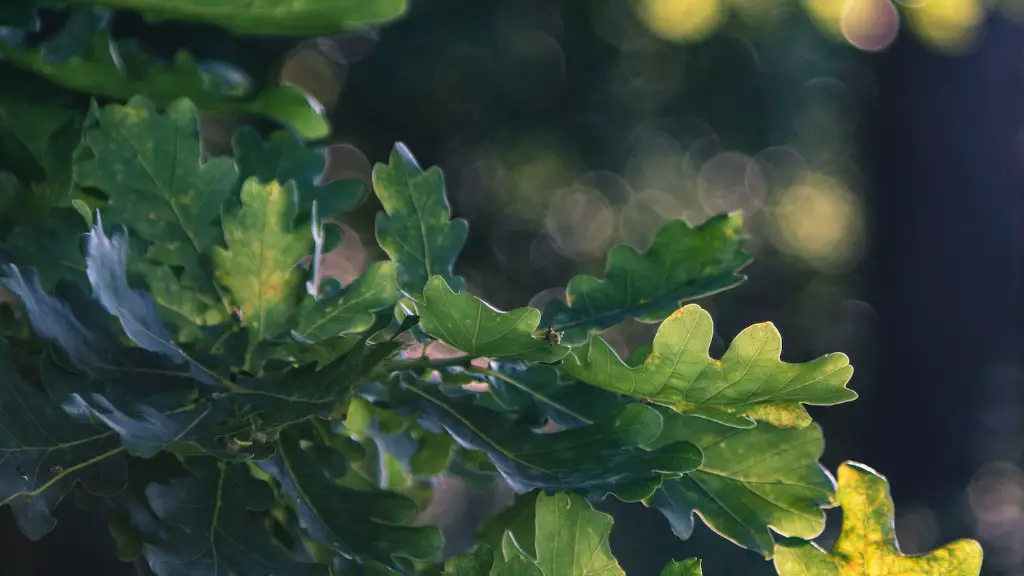When it comes to pruning a lemon tree, timing is key for optimal health and growth. When done correctly, pruning can ensure the production of healthy, high-quality fruit. But when done incorrectly, pruning can have the opposite effect. To help you get the most from your lemon tree, here are some tips for when to prune.
The first and most important thing to keep in mind is to prune when the tree is in a period of dormancy or rest. The best time to prune is during the winter months, when the tree is in a state of rest and not actively growing. Pruning during the tree’s active growing season can cause shock and can halt growth.
Second, prune when the tree is full-grown. Pruning while the tree is still in its juvenile stage can stunt growth and prevent the tree from reaching its full potential. However, if the tree is full grown and not producing fruit, pruning can help stimulate fruit production and make the tree more productive.
Third, prune to maintain the desired tree shape. If you are looking to maintain a particular shape, pruning is necessary to manage the tree’s growth. Prune branches that are interfering with desired shapes, that are crowding other branches, or that are not producing fruit. As part of shaping, you can also thin the canopy by pruning off excess branches.
Fourth, prune for the purpose of maximizing fruit production. If you are looking to increase fruit production, prune off any branches that are not producing fruit or that are producing low-quality fruit. You can also prune off any branches with expired fruit or any branches that are overly crowded. Additionally, prune away any dead or diseased branches.
Finally, use caution when pruning. Pruning should be done judiciously, as it can result in damaging the tree and limiting growth. Sharp pruning tools should be used to make precise cuts, and gloves should be worn to protect the hands.
When to Prune Off Old Foliage
In addition to pruning for shape and fruit production, it’s important to also prune off any old, dead, or dying foliage. Old foliage can reduce the tree’s vigor and can stunt growth, so it’s important to periodically prune off any leaves that are brown, yellow, or wilted. You can also prune off any leaves that have disease or pest damage.
Old foliage may also be crowding and shading the other foliage, so pruning it can allow the newer foliage access to more sunlight and air flow, helping to maintain the tree’s health. Pruning can also be used to stimulate new growth and spur productive flowering, which can lead to increased fruit production.
It’s important to use sharp pruning tools when pruning off old foliage. This will minimize the risk of infection and help ensure precise, clean cuts are made. You should also wear gloves to protect your hands. Old foliage should be disposed of properly and not left near the tree to prevent spreading any diseases to the tree.
When to Remove Disease and Pest Damage
It’s important to prune off any branches that show signs of disease or pest damage, such as wilting, discoloration, or a milky substance on the leaves. These signs can indicate that a disease is present and if left untreated can spread to other branches and inhibit the lemon tree’s growth.
In the case of pest damage, such as aphids, spider mites, or scale, it’s best to prune off affected branches before treating with a pesticide. This will help to reduce the spread of the pest and make the pesticide treatment more effective. You should also dispose of any infected branches properly, away from the tree.
The same rules for pruning old foliage still apply for pruning off disease and pest damage. Use sharp pruning tools to make precise cuts, and always wear gloves to protect your hands from contact with the infected branches.
When to Thin Out the Canopy
Pruning can also be used to thin out the canopy of a lemon tree, which can help to promote growth, flowering, and fruit production. When the canopy is too thick, branches can become overcrowded, preventing access to sunlight and air flow. Pruning off some of the older branches can help to open up the tree’s canopy, allowing for better fruit production and overall health of the tree.
When thinning out the canopy, it’s important to prune judiciously and not prune off too much at once. Prune off weak and damaged branches, as well as any branches that are interfering with the desired shape of the tree. Again, prune off any dead or diseased branches, and always use sharp pruning tools and wear gloves.
When to Prune for Structural Stability
Finally, pruning can also be used to ensure the structural stability of your lemon tree. If any branches are growing in an awkward direction or are too weak to support their own weight, they should be pruned off. This can help to prevent the tree from leaning over and will help to maintain its shape.
When pruning for structural stability, use sharp pruning tools to make precise cuts. Be sure to wear gloves to protect your hands and make sure to not prune off too much at once. Additionally, avoid pruning too close to the trunk or main branches, as this can weaken the tree and can cause structural instability.
Tips for Pruning
In summary, the best time to prune a lemon tree is during the winter months when it is in a state of dormancy, or for thinning or pruning for shape when the tree is full grown. Prune off old or dying foliage, any branches with disease or pest damage, and any branches that are weak or interfering with desired shape. When pruning, use sharp pruning tools, take care not to prune off too much at once, and always wear gloves to protect your hands. If done correctly, pruning can help ensure the health and growth of your lemon tree, and maximize fruit production.


